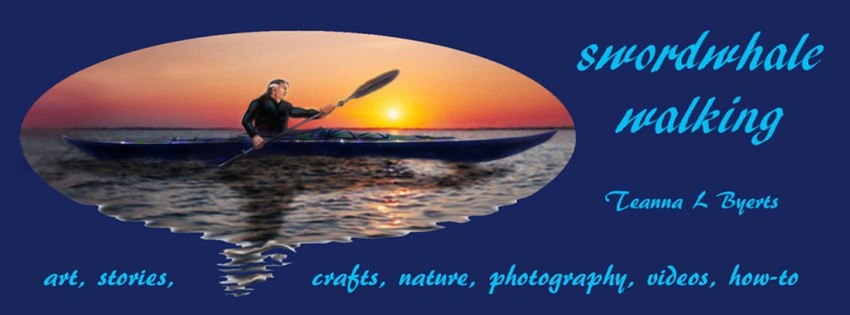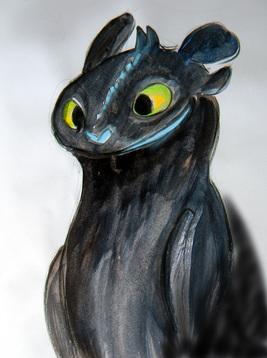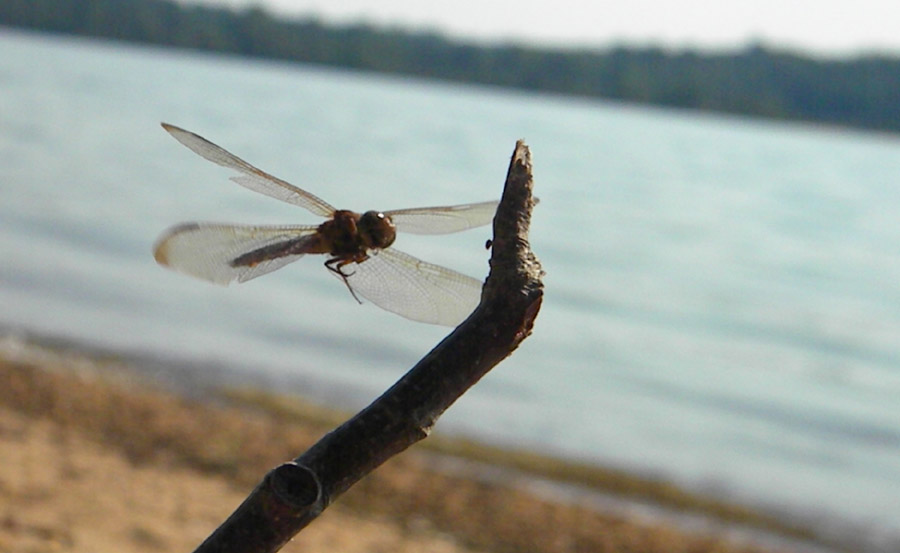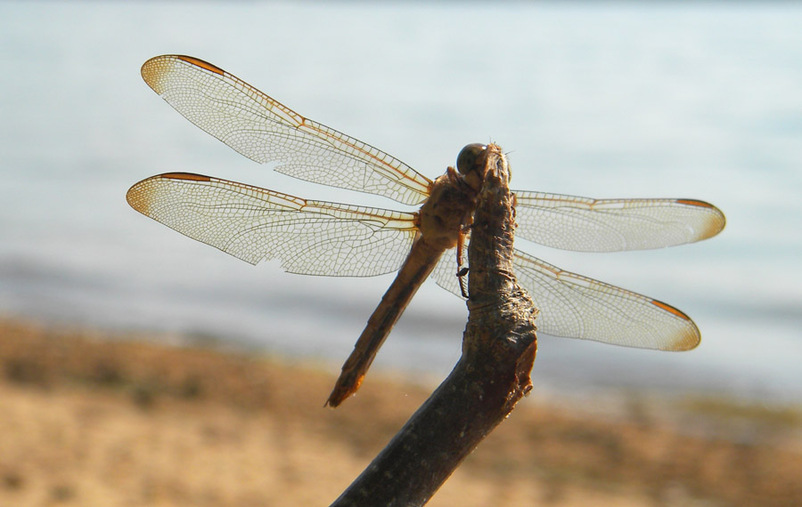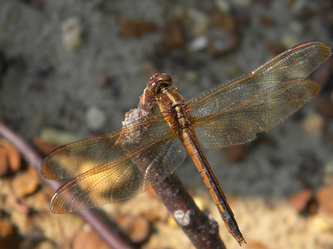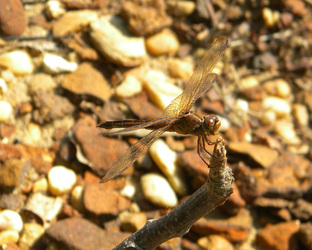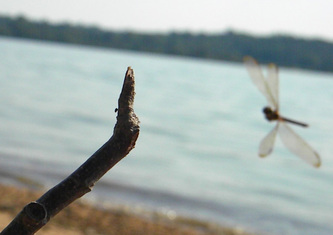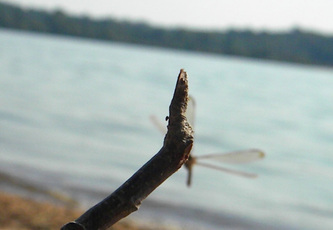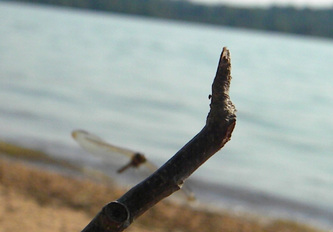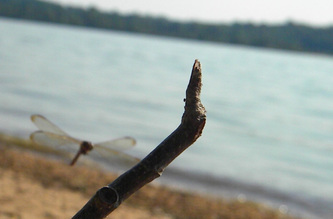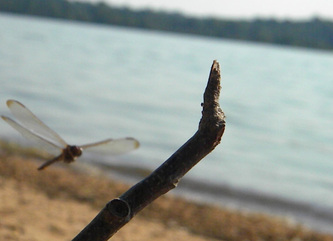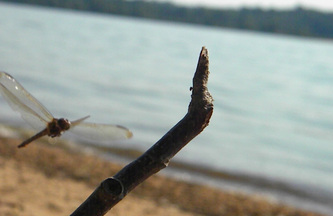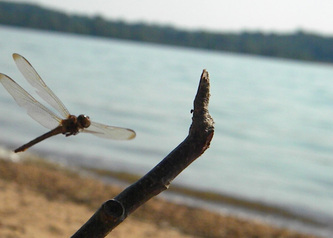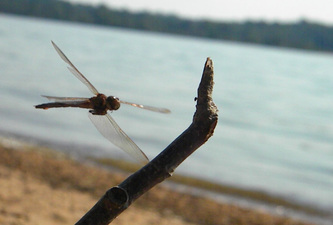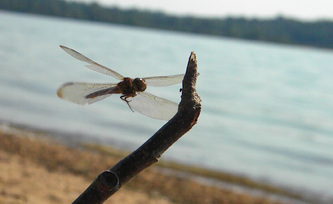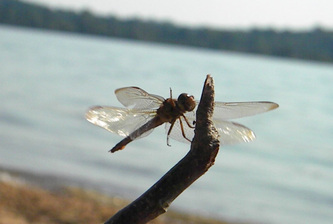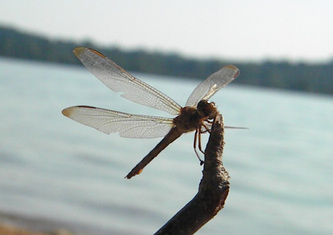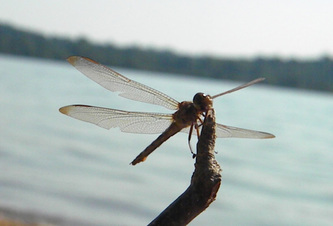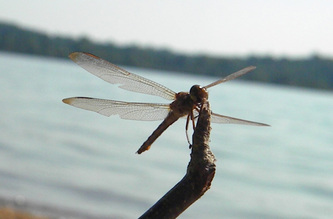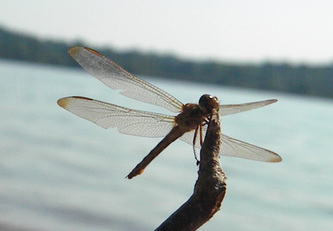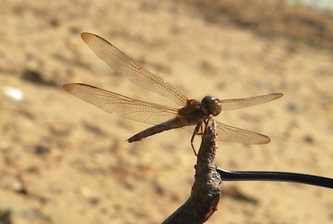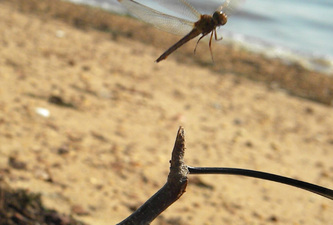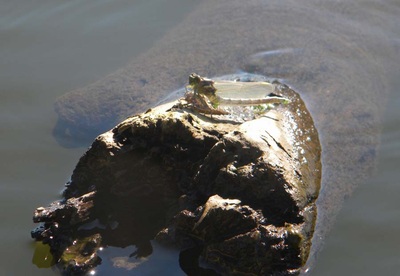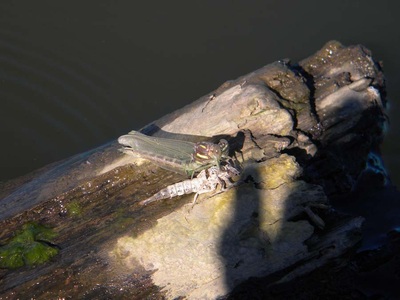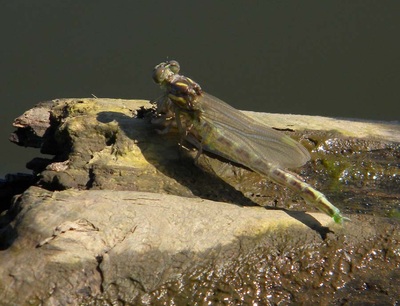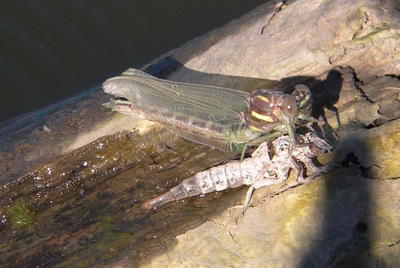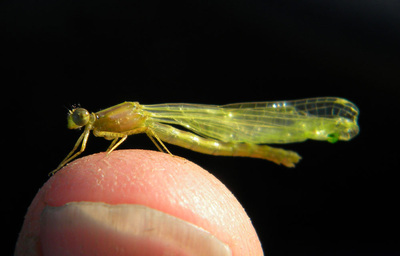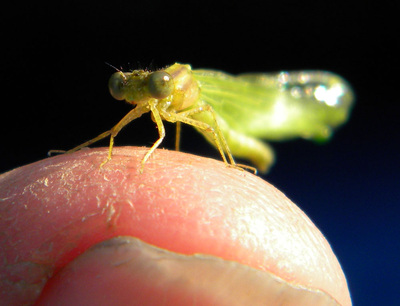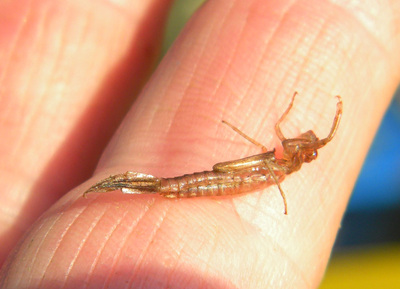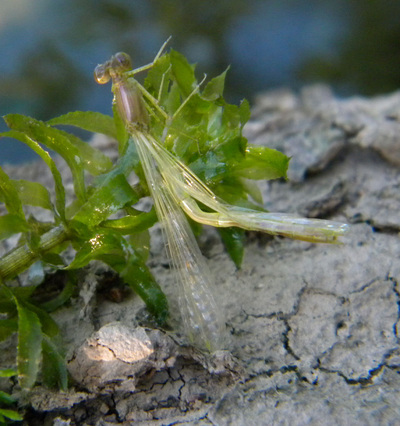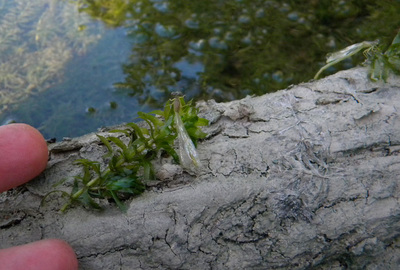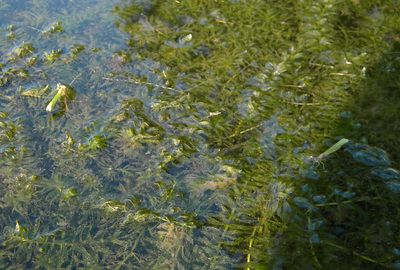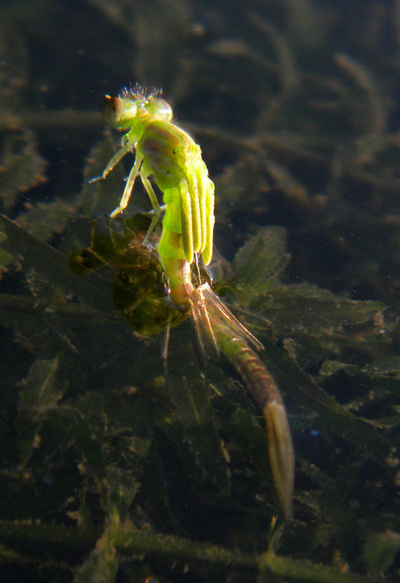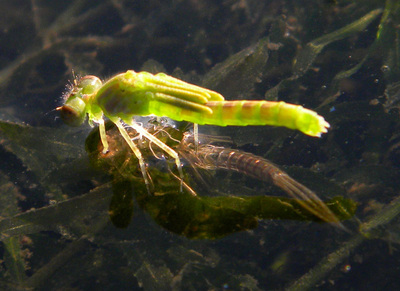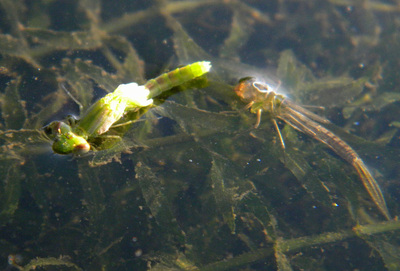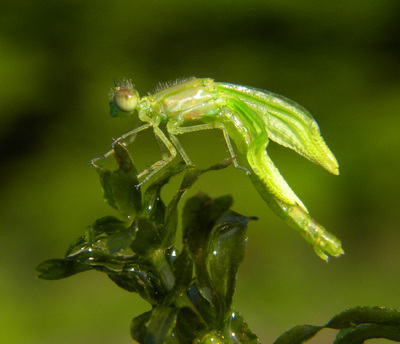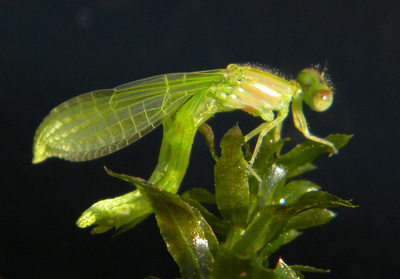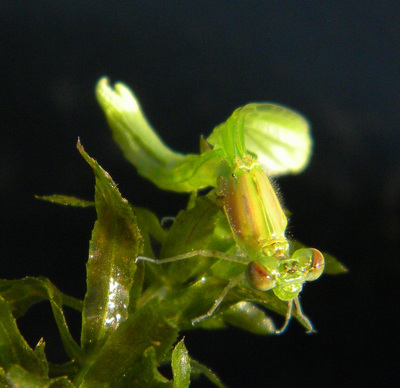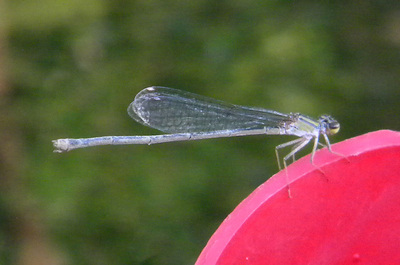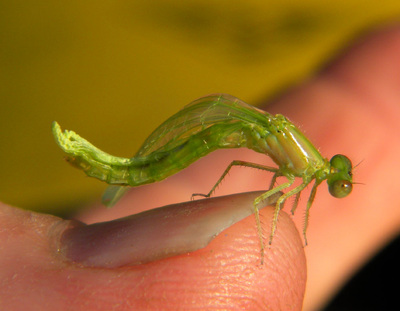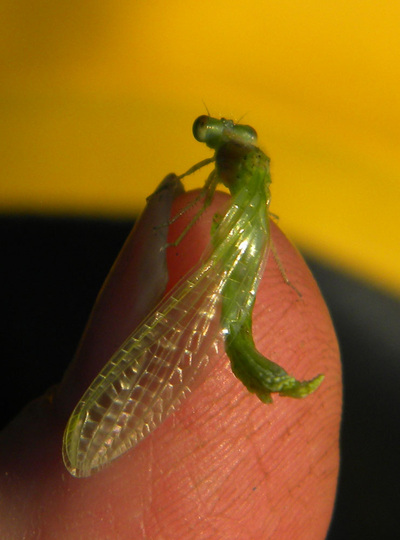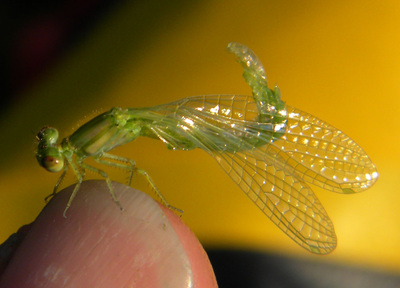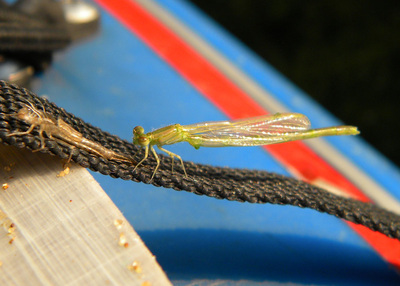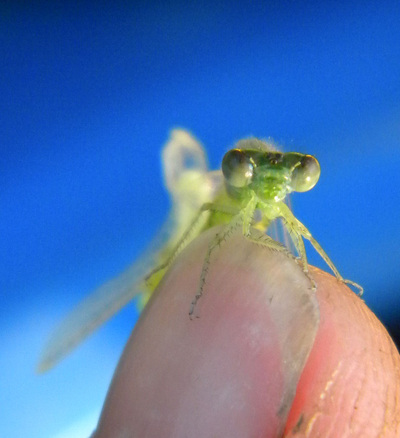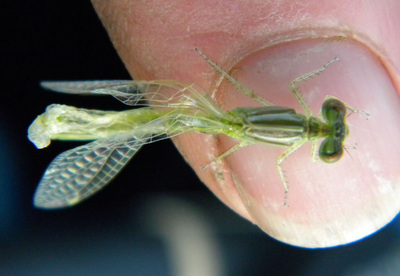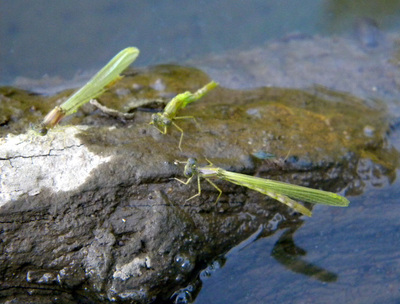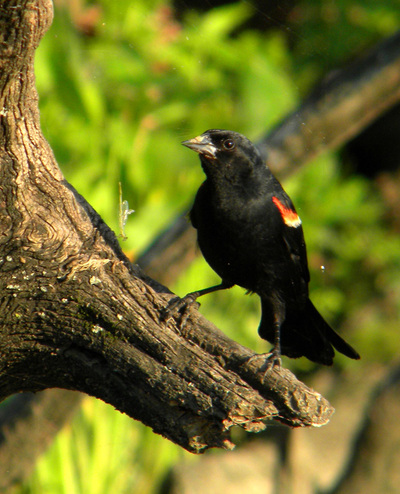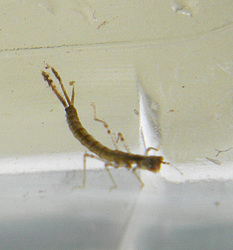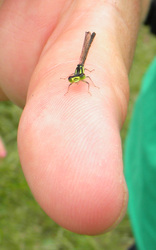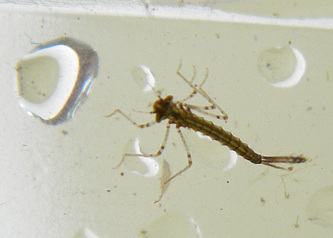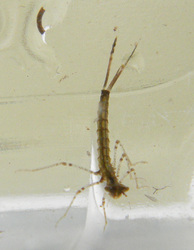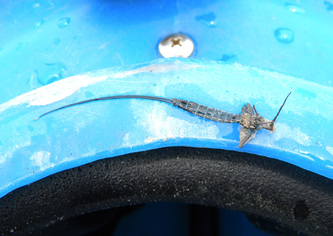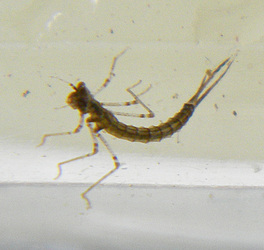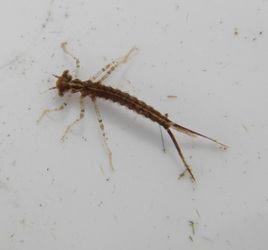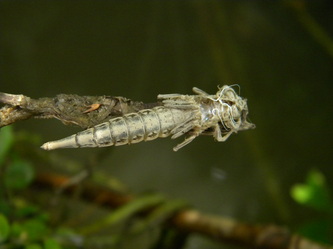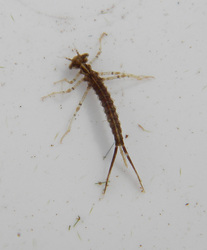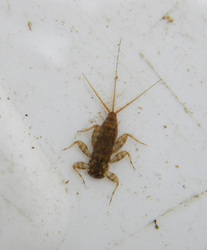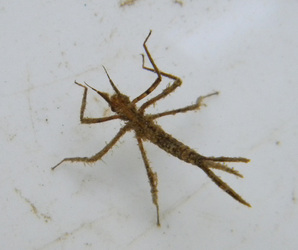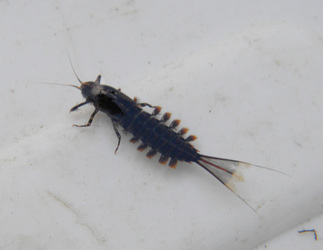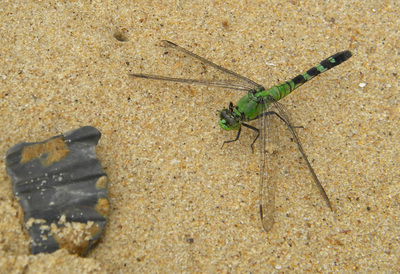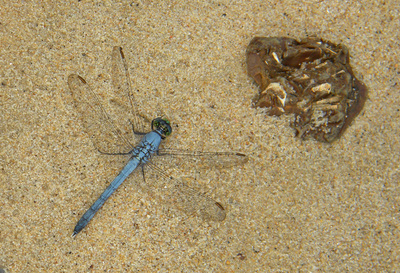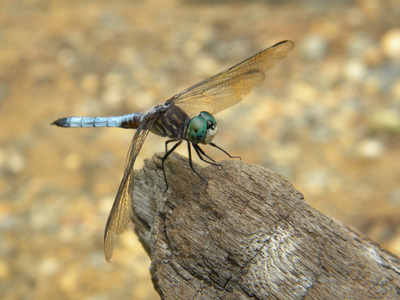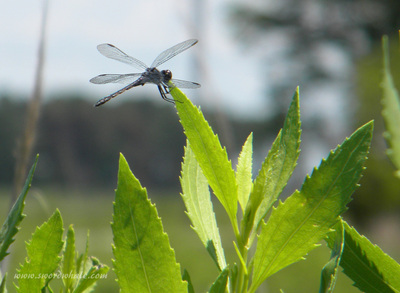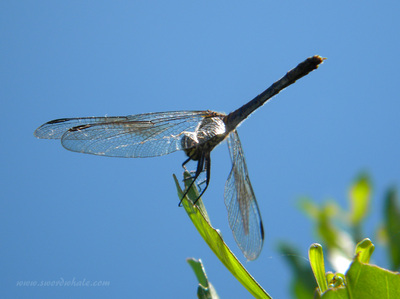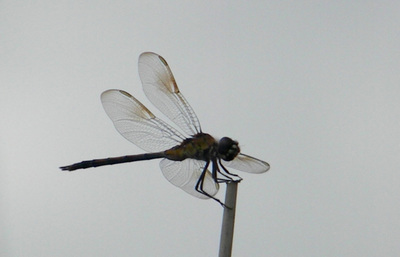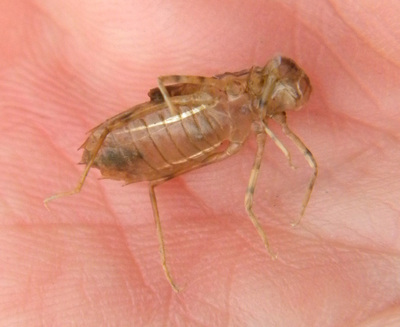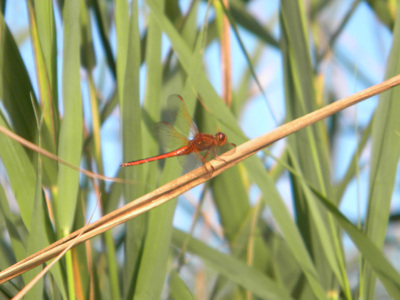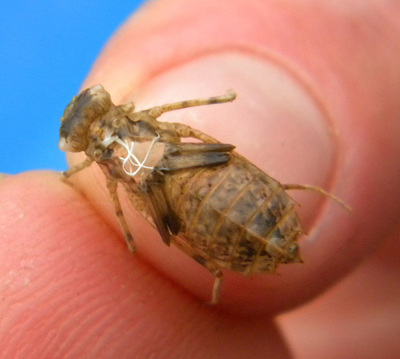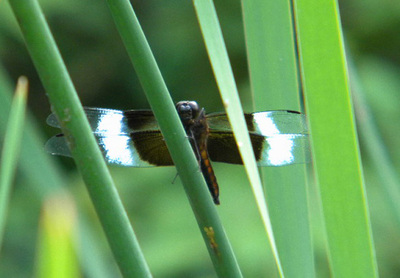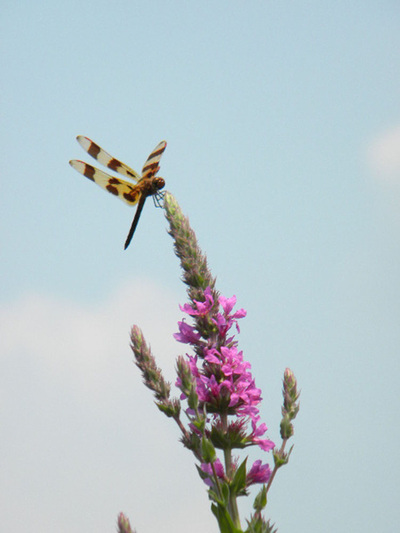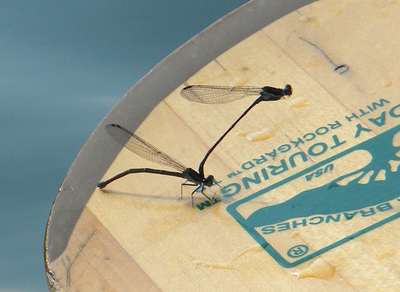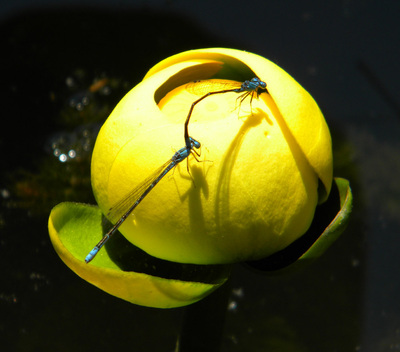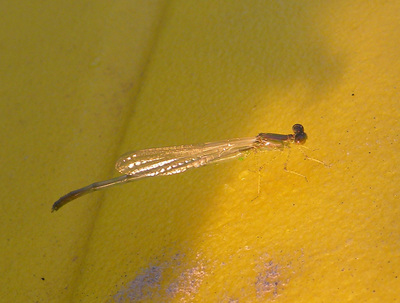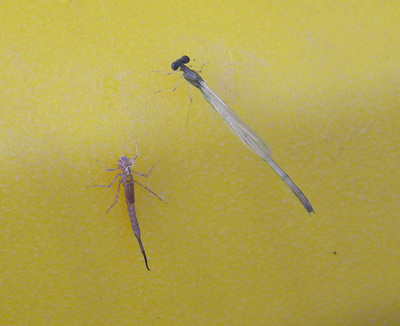How to Train Your...
(sorry Toothless, you'll have to wait for your own page, back there under "fandom")
...dragonfly
If you spend any time on the water, you'll encounter these fantastic aerial hunters: dragonflies and damselflies. The order "Odonata" (hey Toothless, it means "toothed ones"!) includes some of the most ancient and beautiful insects ever, and some of the largest flying invertebrates ever to have lived. There are ancient dragonflies (Protodonata) that had wingspans of 30 inches; they went extinct about the time dinosaurs began to appear. There are 25 families in Odonata, mostly dragons and damsels. You can tell the difference easily: dragons are bulkier and sit like airplanes, wings outstretched... damsels are slender and faerie-like, and sit with wings demurely folded. Both are wicked cool aerial hunters with some of the best vision (80% of their brain is devoted to analyzing visual information), and flight skills in the animal kingdom. Both are among nature's shapeshifters: they go through incomplete metamorphosis (butterflies go through the four stages of complete metamorphosis), egg (laid in water), nymph (underwater hunter), and adult (aerial hunter). Most of their diet consists of small insects like those annoying gnats that fly up your nose. Most of the dragon or damsel's life is spent underwater as a nymph; one to six years, depending on species. Then they climb up a twig or underwater plant, split their skin, and trade in their gills for wings. Damselfly nymphs remind me of tiny mermaids with their huge eyes and tails with gill "fins" at the end. Their life cycle echoes the story of the Little Mermaid (not the Disney version) who ends up as a spirit of the air (hence Disney's insistence on naming her Arial).
Seeing dragons and damsels on your river, stream or marsh means the water quality and ecosystem are pretty good. Dragonflies tend to be more sensitive to pollution than damselflies.
Here are a few of my favorite dragons and damsels, captured with my camera from the cockpit of my kayak...
Seeing dragons and damsels on your river, stream or marsh means the water quality and ecosystem are pretty good. Dragonflies tend to be more sensitive to pollution than damselflies.
Here are a few of my favorite dragons and damsels, captured with my camera from the cockpit of my kayak...
Wandering glider (dragonfly) on the north shore of the Sassafras River (tidal freshwater off the Chesapeake Bay)
across from Turner's Creek Park.
across from Turner's Creek Park.
Paddling behind the Conejehola Flats on the Susquehanna River, a friend and I came out of the shadow of the islands toward the main river... "EYEBALLS, I SAW EYEBALLS..." I had just passed a branch, barely sticking above the water's surface. I backpaddled, swung my 18' boat around and saw this...
This dragonfly nymph had just climbed out of the depths onto this log, barely above the water, and was transforming into a dragonfly. We maneuvered carefully in wind and current to avoid squashing it while getting close enough to take pictures.
Damselfly nymphs emerging in a quiet cove off Turner's Creek Park on the Sassafras.
Nymphs from various local streams and ponds...
